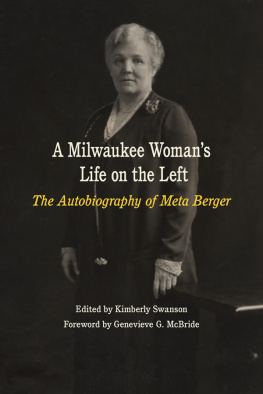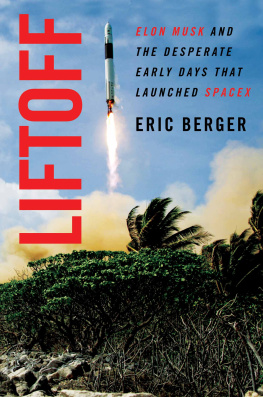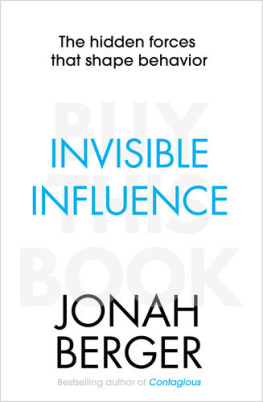Berger Alan M - Infinite Suburbia
Here you can read online Berger Alan M - Infinite Suburbia full text of the book (entire story) in english for free. Download pdf and epub, get meaning, cover and reviews about this ebook. year: 2017, publisher: Princeton Architectural Press, genre: Politics. Description of the work, (preface) as well as reviews are available. Best literature library LitArk.com created for fans of good reading and offers a wide selection of genres:
Romance novel
Science fiction
Adventure
Detective
Science
History
Home and family
Prose
Art
Politics
Computer
Non-fiction
Religion
Business
Children
Humor
Choose a favorite category and find really read worthwhile books. Enjoy immersion in the world of imagination, feel the emotions of the characters or learn something new for yourself, make an fascinating discovery.

- Book:Infinite Suburbia
- Author:
- Publisher:Princeton Architectural Press
- Genre:
- Year:2017
- Rating:4 / 5
- Favourites:Add to favourites
- Your mark:
- 80
- 1
- 2
- 3
- 4
- 5
Infinite Suburbia: summary, description and annotation
We offer to read an annotation, description, summary or preface (depends on what the author of the book "Infinite Suburbia" wrote himself). If you haven't found the necessary information about the book — write in the comments, we will try to find it.
Infinite Suburbia — read online for free the complete book (whole text) full work
Below is the text of the book, divided by pages. System saving the place of the last page read, allows you to conveniently read the book "Infinite Suburbia" online for free, without having to search again every time where you left off. Put a bookmark, and you can go to the page where you finished reading at any time.
Font size:
Interval:
Bookmark:
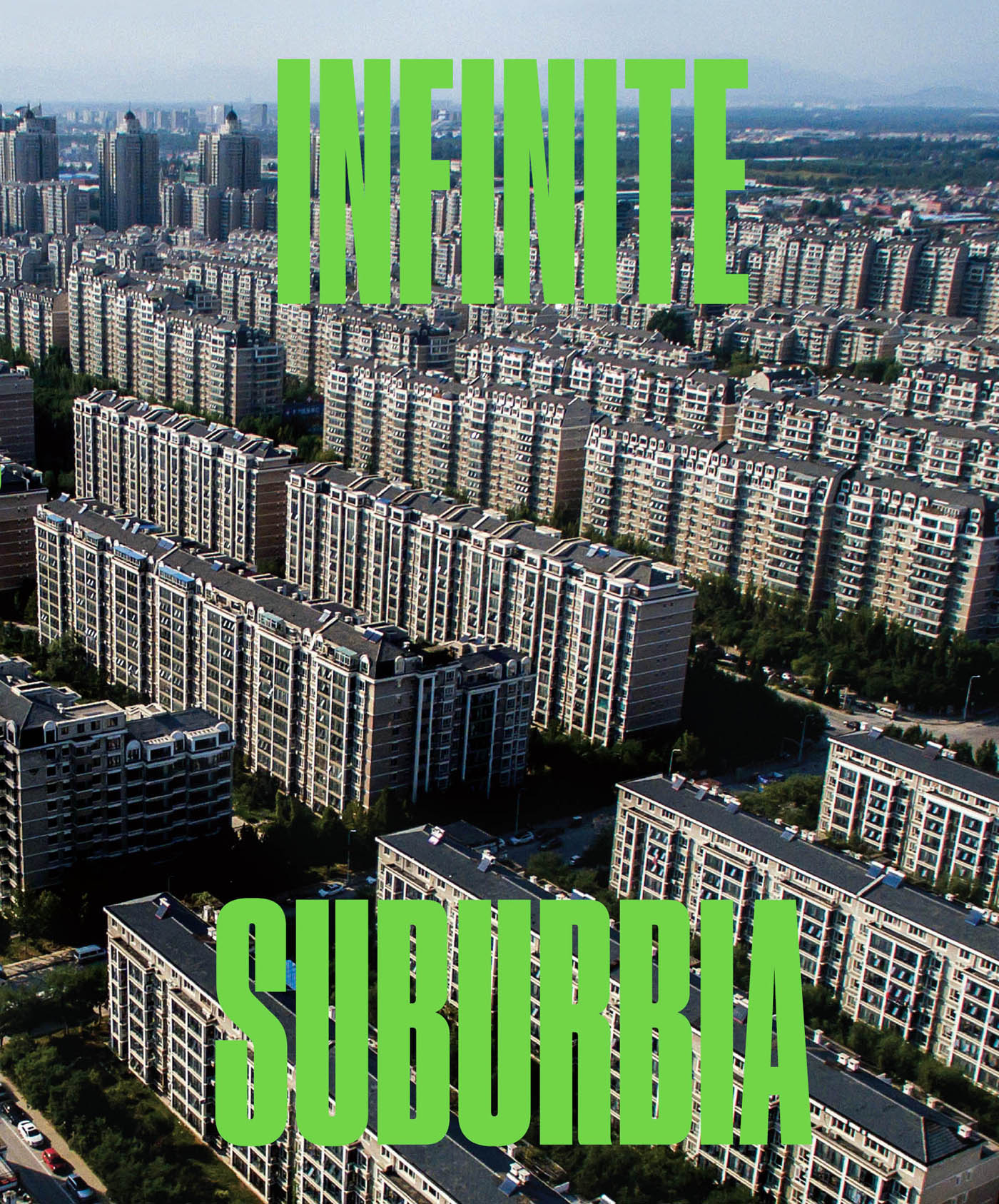

Edited by
Alan M. Berger
Joel Kotkin
with Celina Balderas Guzmn
Princeton Architectural Press, New York
Robert Bruegmann
Robert Fishman
Joel Kotkin
Morley Winograd and Michael D. Hais
D. J. Waldie
Gunola Capron and Martha de Alba
Ross Elliott
James Heartfield
Jon C. Teaford
Ali Modarres
Espen Aukrust Hauglin and Janike Kampevold Larsen
Shlomo Angel and Alejandro M. Blei, with Daniel L. Civco, Nicols Galarza Sanchez, Patrick Lamson-Hall, Manuel Madrid, Jason Parent, and Kevin Thom
Thomas J. Campanella
Wendell Cox
Jed Kolko
David L. A. Gordon
Kenneth P. Laberteaux, Casey Lance Brown, and Alan M. Berger
Alan E. Pisarski
Richard Weller and Julian Bolleter
Michael Brauer
Bridget Catlin
William T. Bogart
Nicholas A. Phelps
Michael Hollar
Ann Forsyth
Mark Gibson, Terry Flew, Christy Collis, and Emma Felton
Roger Keil
Christopher Marcinkoski
Rahul Mehrotra and Kanika Arora Sharma
Martin J. Murray
Keller Easterling
Christopher Sellers
Sarah Jack Hinners
Susannah Hagan
Celina Balderas Guzmn
Margaret Grose
Joan Iverson Nassauer
Alan M. Berger
Paola Vigan
Alex Wall
Bruce Tonn and Dorian Stiefel
Hugh Byrd
Louise A. Mozingo
Fadi Masoud
Richard Briffault
Howard Husock
Nicole Stelle Garnett
Adriana Allen
Martin Coy, Simone Sandholz, Tobias Tpfer, and Frank Zirkl
Robert J. Mason and Liliya Nigmatullina
Anne Pitcher and Sylvia Croese
Rafi Segal

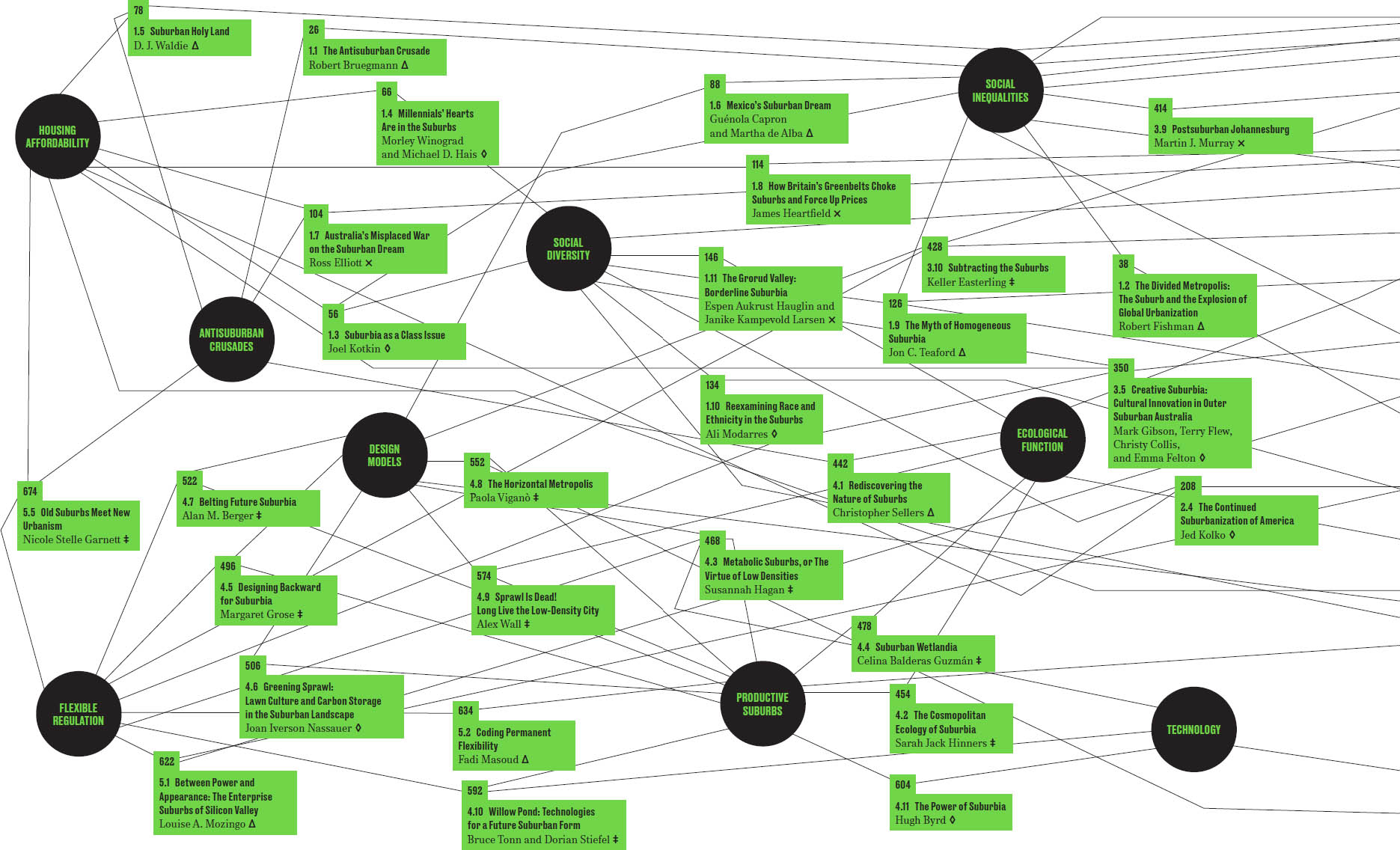
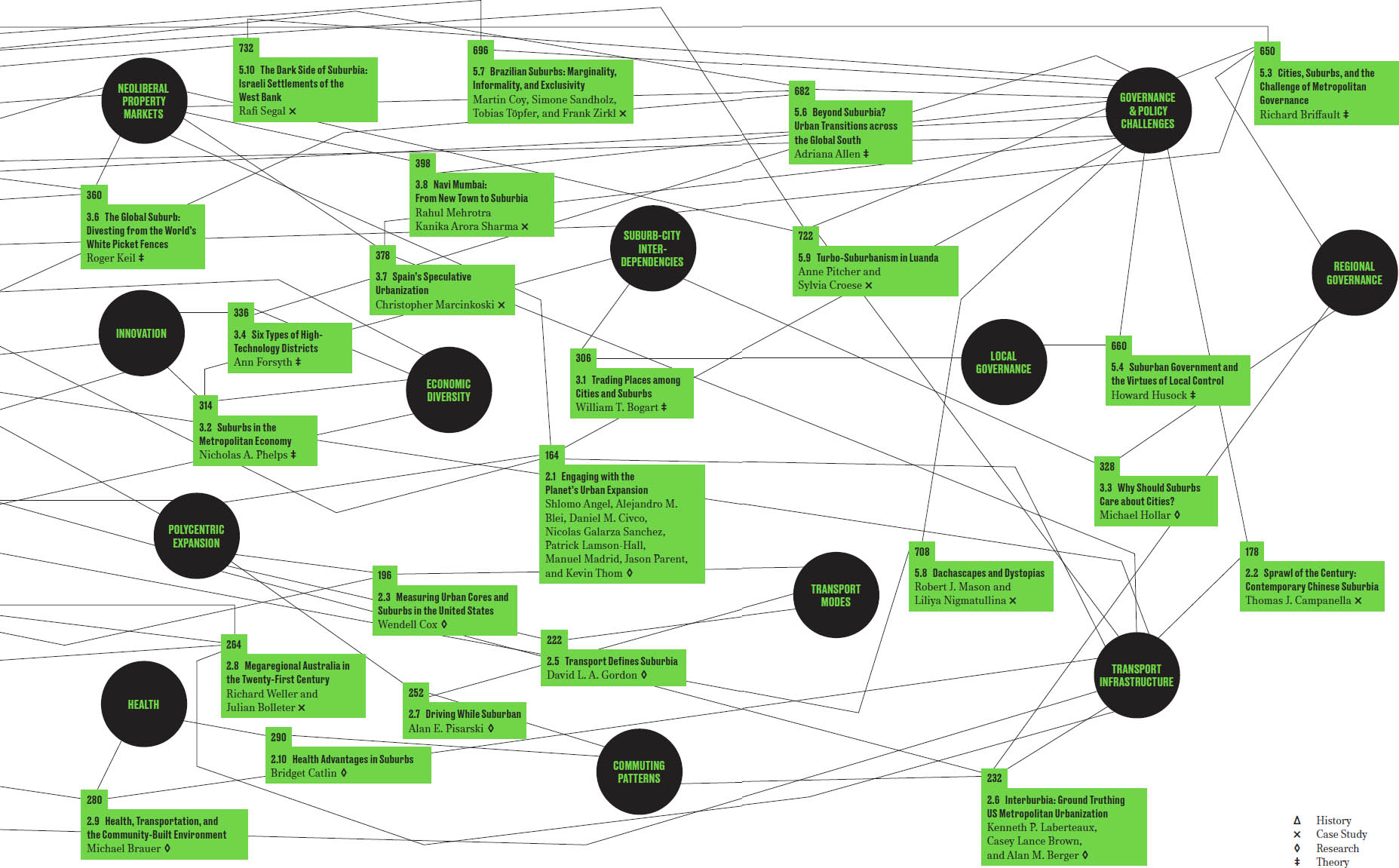
The inspiration and ideational framework for this book extend from many conversations about urbanization trends around the world and the need for better research and a more balanced approach for exploring suburban topics. The lack of a contemporary suburban theory to ground these discussions with our students, colleagues, and others informed the structure of the book. The curatorial nature of such an unusually large project is a combinatory effort between the three of us to include many perspectives that balance our individual knowledge and experiences.
Such a mammoth undertaking as this book would not be possible without the support of our colleagues at the MIT School of Architecture + Planning, and the MIT Norman B. Leventhal Center for Advanced Urbanism (LCAU), and especially the Leventhal Family Foundation. We are grateful for Alan Leventhals support and leadership, and to Janet Atkins and Robert Melzer for their guidance and friendship during LCAUs launch. This books production spanned two school deanships with Adle Naud Santos and Hashim Sarkis, both avid supporters of our work.
The coeditors have special acknowledgments for those who helped with intellectual trajectories, time, and resources: Alan M. Berger thanks his colleagues in the City Design and Development Program within MITs Urban Planning Department, including Eran Ben-Joseph, Dennis Frenchman, Brent Ryan, Anne Spirn, Terry Szold, Larry Vale, and Fadi Masoud, who have supported his time codirecting LCAU over the past four years and often exchanged ideas on suburban topics; LCAU staff and researchers Prudence Robinson, Hope Stege, Alma Pellecer, Kira Intrator, Matthew Spremulli, David Birge, Sneha Mandhan, and Roi Salgueiro; Alexander DHooghe for early conversations about suburbia; and student research assistants Pamela Bellavita and Dennis Harvey, who helped with book production. We would also like to thank Zina Klapper for serving as our initial manuscript editor, and for insightful development of many essays.
Two courses in support of LCAUs Future of Suburbia biennial theme were held at MIT during fall 2014 and spring 2015. Twenty-two students from five different programs and four degree areas participated, including Aria Finkelstein, Claudia Bode, Joshua Eager, Ethan Lay-Sleeper, Jessica Jorge, Laura Williams, Dwight Howell, Elizabeth Galvez, Kara Elliott-Ortega, Jossie Ivanov, Dalia Munenzon, Cate Mingoya, Lizzie Yarina, Catalina Maria Picon, Tania Shamoun, Esther Chung, Bjorn Sparrman, Ellen Lohe, David Vega-Barachowitz, Jennifer Hiser, and Larisa Ovalles.
We also held a one-day workshop at MIT on the future of suburbia, with leaders in the field, including Daniel DOca (Interboro Partners), John Lienhard (MIT), Bradley Cantrell (Harvard-GSD), Ben Goldstein (MIT), Peter Arnold (Arid Lands Institute), Ted Nelson (Newland Real Estate Group), Sara Bronin (Center of Energy and Environmental Law, University of Connecticut), Liat Margolis (University of Toronto), Albert Saiz (MIT), Lupe Larios (United Farm Workers of America), Rafi Segal (MIT), Alex Wall (University of Virginia), Mark Weglarz (FarmedHere), Brent Ryan (MIT), Dan Adams (Northeastern University), Lorena Bello (MIT), Mary Anne Ocampo (MIT), Stephen Gray (MIT), Fred Turnier (City of Reno), and Kobi Ruthenberg. In addition, the Norman B. Leventhal Center for Advanced Urbanism would like to acknowledge and thank its members and collaborators.
We also thank the artists Matthew Niederhauser and John Fitzgerald, who collaborated with LCAU to document suburban conditions around the world in India, South Africa, China, Brazil, and the United States with aerial photography. Wherever possible, we worked with Matthew and John to capture sites discussed in our authors essays. Some of these images are featured in full-page spreads throughout this book. With the artists, we also created four video narratives of footage that were featured in the Future of Suburbia exhibition at the MIT Media Lab in 2016. The video narratives exposed the staggering extent of suburban expansion, the polycentricity of metropolitan areas, interfaces with the natural environment, and the diversity of suburban building typologies around the world.
Joel Kotkin thanks Chapman University for its financial and intellectual contributions to the project, and its Center for Demographics and Policy for its help. This was made possible due to the vision of Chancellor Daniele Struppa and President James Doti. We also thank Christina Marshall for her assistance. Chapman students added greatly to this effort, not only with research but also by asking good questions. In particular, we would like to thank Charlie Stephens, Alicia Kurimska, Clinton Stiles-Schmidt, Nate Kaspi, Sarah Chong, Jordan Taffet, and Haley Wragg. We are also grateful for the support of our project from Joels colleagues and the board of directors at the Center for Opportunity Urbanism.
Alan M. Berger, Joel Kotkin, and Celina Balderas Guzmn, 2017
They have not destroyed space; they have simply rendered it infinite by the destruction of its centre (hence these infinitely extendable cities).
Jean Baudrillard, America
Global urbanization is heading toward infinite suburbia. Around the world, the vast majority of people are moving to cities not to inhabit their centers but to suburbanize their peripheries. The sheer magnitude of land conversion taking place, coupled with the fact that the majority of the worlds population already lives in suburbs, demands that new attention and creative energy be devoted to the imminent suburban expansion.
Next pageFont size:
Interval:
Bookmark:
Similar books «Infinite Suburbia»
Look at similar books to Infinite Suburbia. We have selected literature similar in name and meaning in the hope of providing readers with more options to find new, interesting, not yet read works.
Discussion, reviews of the book Infinite Suburbia and just readers' own opinions. Leave your comments, write what you think about the work, its meaning or the main characters. Specify what exactly you liked and what you didn't like, and why you think so.

